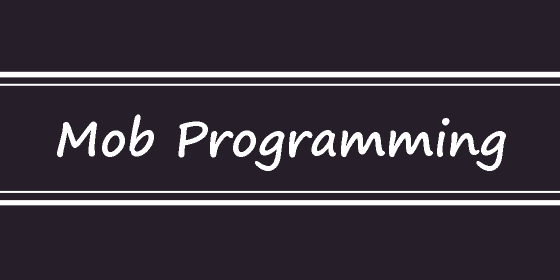Mob Programming

Mob Programming is a collaborative software development approach in which an entire team works together on the same task simultaneously. In this approach, all team members, including developers, testers, and other stakeholders, gather around a single computer or workstation to collectively work on coding, designing, testing, and solving problems.
The primary objective of Mob Programming is to leverage the collective intelligence and expertise of the team to produce high-quality software solutions efficiently. It promotes continuous learning, knowledge sharing, and real-time feedback, leading to improved code quality and faster delivery.
Key characteristics of Mob Programming include:
- Rotation: Team members take turns being the “driver” who actively writes code while the rest of the team collaborates, suggests ideas, and reviews the code.
- Whole Team Involvement: All team members actively participate in the development process, bringing their unique perspectives and skills to the task at hand.
- Continuous Learning: Mob Programming fosters a learning culture as team members share knowledge and learn from each other during the development process.
- Collective Code Ownership: The entire team takes ownership of the codebase, reducing the risk of knowledge silos and increasing overall code quality.
- Immediate Feedback: With everyone involved in real-time, issues and bugs are quickly identified, allowing for immediate resolution.
- Improved Collaboration: Mob Programming promotes effective communication and collaboration among team members, leading to a deeper understanding of the project and its challenges.
- Higher Productivity: Despite having multiple team members working on a single task, Mob Programming can increase productivity and lead to faster development cycles due to the collective problem-solving approach.
Mob Programming is not a replacement for individual work; rather, it is used strategically for certain tasks or situations where teamwork and collaboration can provide significant advantages in terms of code quality, knowledge sharing, and efficiency. It is particularly popular in Agile and Lean development environments, where adaptability and collaboration are highly valued.